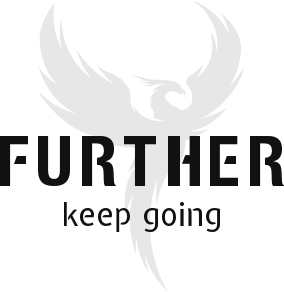
Here’s something to know about “mindfulness”: it’s not the same thing as meditation.
So, if you dread the idea of sitting still, the good news is there’s plenty you can do on the go and still enjoy the therapeutic benefits of a meditative practice. This includes reduced stress, anxiety, chronic pain, and depression, improved mood, sleep, relationships, sex, and overall well-being.
Notice that list includes all the things that help make life a delight — well worth prioritizing. All it takes is bringing awareness to your daily activities.
Mindfulness vs. Meditation
First, a simple definition of mindfulness:
“Mindfulness is paying non-judgmental attention to your experiences, sensations, and thoughts in the present moment while fully accepting them for what they are. In a way, mindfulness is turbocharged observation.”
The big difference between meditation and mindfulness is how attention is directed. In meditation, it’s focusing on one thing, like the breath or a mantra, for a period of time. Mindfulness is the conscious awareness of just the present moment.
Becoming present is especially helpful when you’re overthinking, distracted, stressed out, experiencing anxiety, anger, panic, or generally feeling out of control. It helps you get out of the mindless drift through your thoughts and into a connected interaction with current reality.
Think of mindfulness as insta-self-care you can do whenever you want, wherever you are.
Where is My Mind?
There are loads of opportunities to inject mindfulness into your daily routine.
- Bathing: When you’re in the bath, shower, or even just washing your hands, pay attention to the sensations and the texture and shape of your body.
- Cleaning: If there were ever a time to be in a mindful flow, it’s while you’re tidying up. Pull a Mr. Miyagi and place attention on hand motions, dust patterns, and wipe marks. And be sure to breathe while you’re cleaning.
- Eating: Conscious consumption, like the Japanese practice of hara hachi bun me, is as simple as noticing how food smells, tastes, and feels. Also, pay attention to portion size and when your body feels full.
- Working Out: Mindful exercise comes naturally, as often you’re focusing on inhaling and exhaling as you observe your movements (i.e., lifting weights). Extend that practice of noticing to whatever physical activity you’re doing.
- Conversing: Make a conscious effort to listen to what you’re saying and hearing, paying close attention to body language, facial expressions, pitch, and tone. That way, you’ll be engaging with the other person versus with your thoughts about the conversation.
Think of mindfulness as the ultimate way to treat yourself. After all, the present is a gift, and the only time to enjoy it is in the moment.
How to Practice Mindfulness in Everyday Life (Cognition Today)
